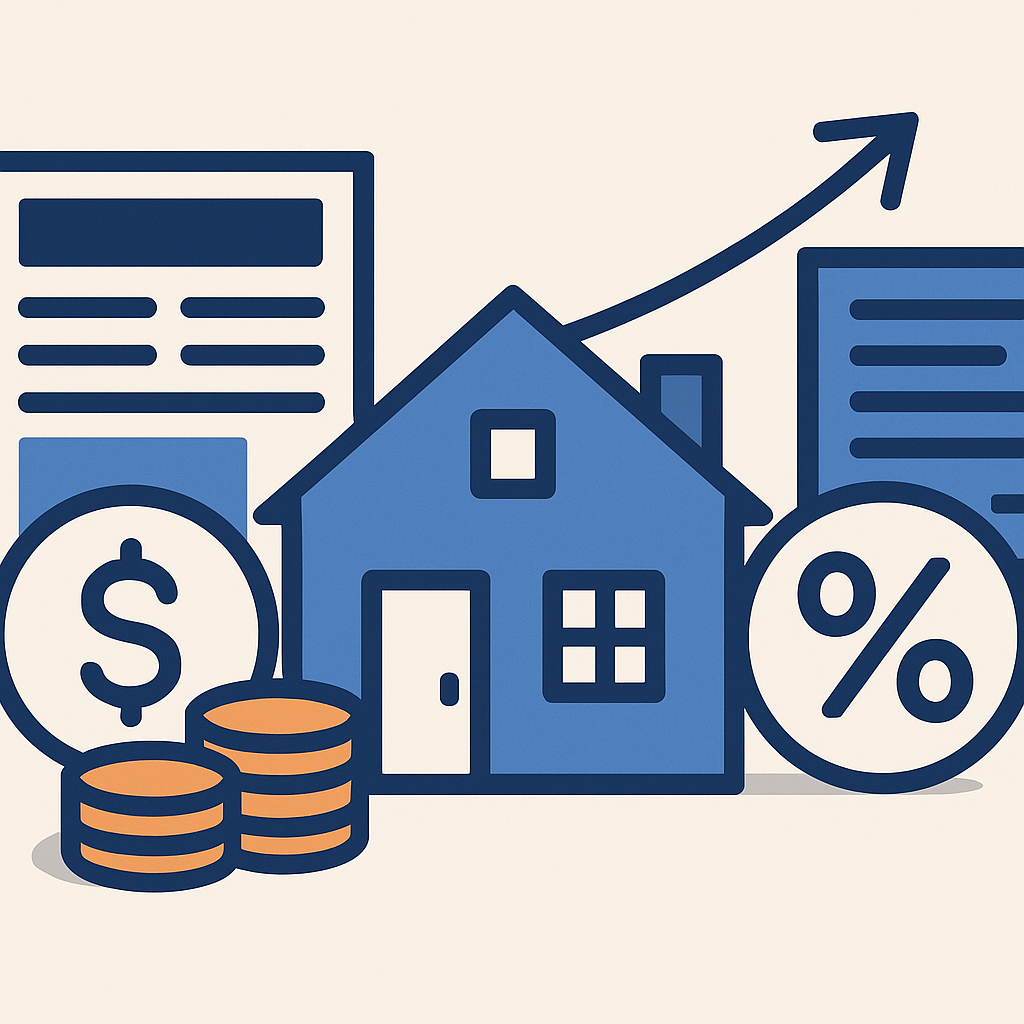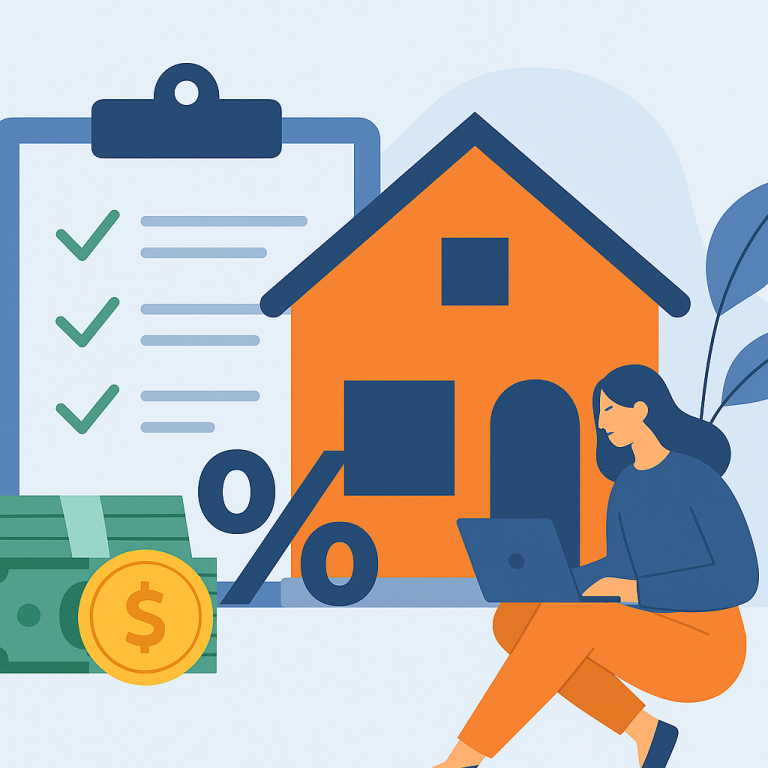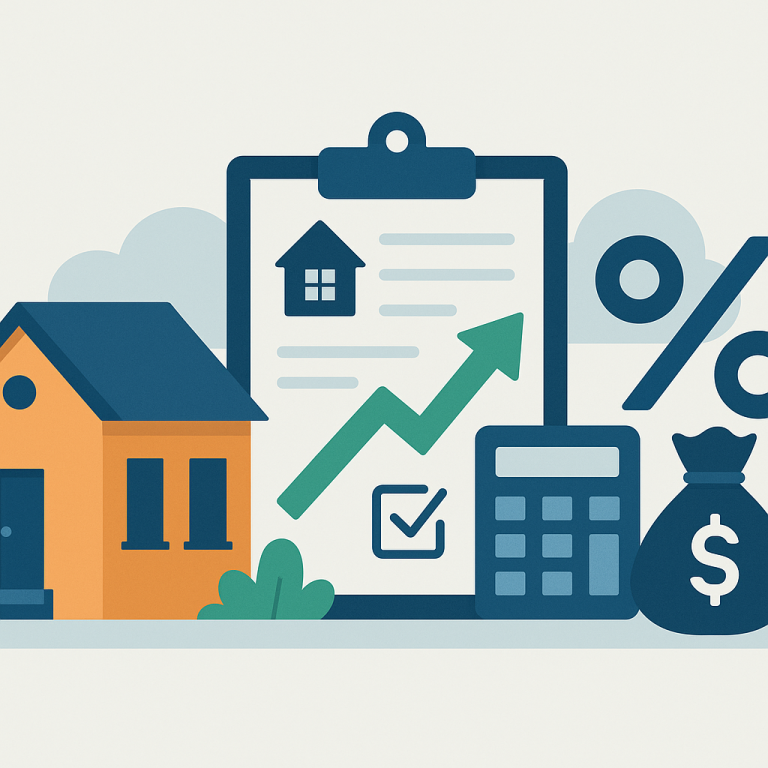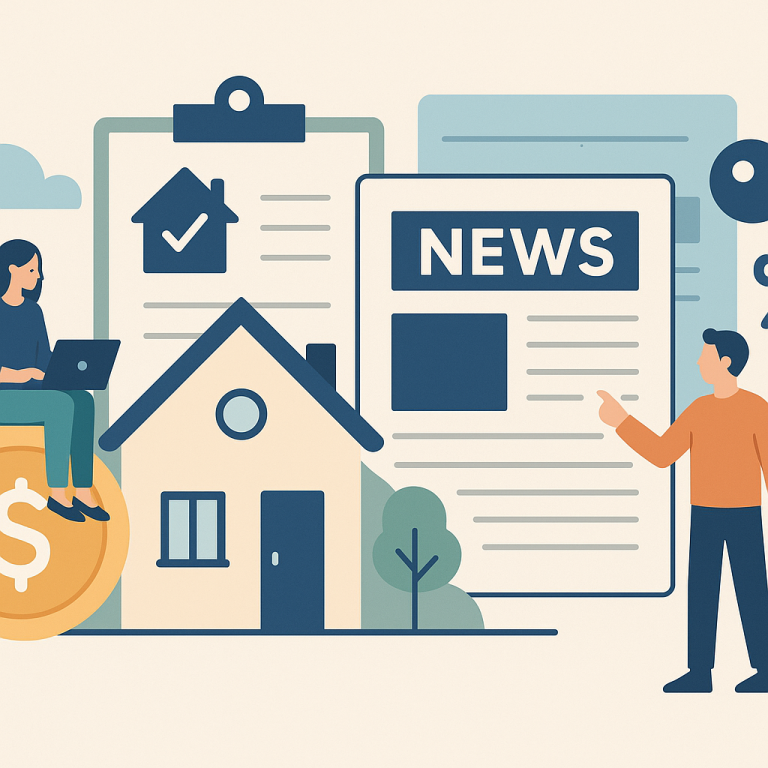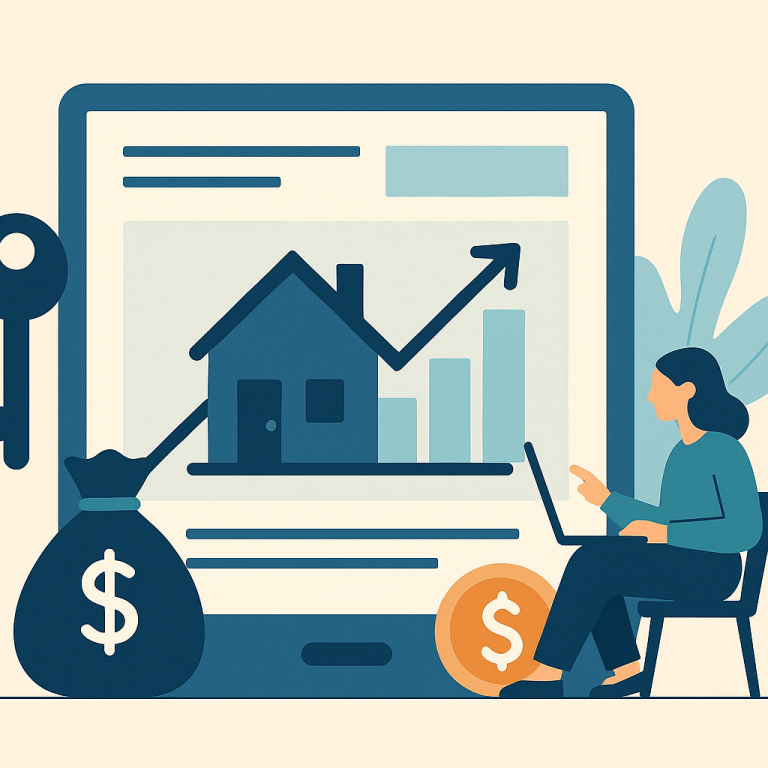Major Lenders Reduce Refinance Fees, Easing Closing Costs For Homeowners
Refinancing Shift: Homeowners Consider Shorter Terms as Rates Stabilize
Many homeowners are revisiting mortgage refinancing strategies as market rates move into a less volatile phase. Rather than pursuing cash-out refinancing or chasing the lowest monthly payment, an increasing number are opting to refinance into shorter-term mortgages to reduce total interest paid and accelerate equity buildup. This shift reflects broader priorities among borrowers focused on long-term cost control over immediate monthly savings.
Refinancing into a shorter-term loan typically raises the monthly payment but lowers the total interest over the life of the loan. For homeowners who can absorb the payment increase, that trade-off can deliver faster principal reduction and a quicker path to homeownership free of mortgage debt. Lenders report growing interest in 15-year and similar shorter-term products from borrowers whose financial position has strengthened since their original mortgage.
Why homeowners are choosing shorter terms now
Several practical factors are driving the trend. First, the recent moderation in interest-rate volatility has removed some timing pressure; borrowers feel more confident locking in a new rate rather than waiting for significant drops. Second, many households rebuilt savings buffers after recent economic uncertainty, creating room in budgets to handle a higher monthly payment. Third, homeowners with improved credit profiles since originating their mortgages may qualify for better pricing on shorter-term loans, increasing the appeal of refinancing for term reduction.
Cost considerations and common hurdles
Refinancing always involves upfront costs such as closing fees, appraisal charges and title expenses. Those costs are especially relevant when the goal is a shorter term, since borrowers must ensure the present-value benefit of lower total interest exceeds the immediate outlays. Homeowners should also confirm whether the existing mortgage includes prepayment penalties that could offset refinancing benefits.
Another common hurdle is cash flow. Moving to a shorter term increases monthly obligations, which can strain budgets if income sources are unstable or other major expenses are upcoming. Financial advisors recommend stress-testing household budgets under conservative assumptions before committing to a higher monthly payment.
Practical steps for homeowners considering a term-reduction refinance
- Gather current mortgage details: interest rate, remaining balance, and remaining term.
- Obtain multiple rate quotes and compare the effect of different terms on monthly payment and total interest.
- Calculate the break-even point: how long it will take for interest savings to cover refinancing costs.
- Review credit score and debt-to-income ratio to anticipate lender pricing and approval likelihood.
- Factor in non-financial goals such as plans to move, retirement timing, or estate considerations.
Homeowner takeaways
Refinancing into a shorter-term mortgage can make financial sense for homeowners prioritizing long-term interest savings and faster equity accumulation, provided they can sustain the higher monthly payment. The decision hinges on individualized trade-offs: upfront costs versus lifetime savings, and current cash flow resilience versus long-term financial goals. Comparing multiple offers, running break-even calculations and consulting a trusted mortgage professional will help homeowners determine whether a term-reduction refinance aligns with their objectives.
As market conditions continue to evolve, the shift toward shorter-term refinancing underscores a broader move among borrowers to focus on durable financial improvements rather than short-term payment relief.
META: refinancing-shorter-term-trend

